When I die I hope it’s doing 2 of my favourite activities- sitting and doing nothing.
Also available here- @quinacridone@mander.xyz
- 513 Posts
- 59 Comments
- quinacridone@lemmy.mlto
 ·4 months ago
·4 months agoThey’re over 70.
No need for a proper sink in the kitchen as they exist on Wiltshire Farm Foods 👍
- quinacridone@lemmy.mlto
 ·4 months ago
·4 months agoRip out the horrible interior, extend, it could look really nice!
In it's current state though, it's just bizarre. It's like an 'upmarket' house in the countryside for sex parties.... Maybe the weird hand wash basin in the kitchen is for rinsing your dick in?
- quinacridone@lemmy.mlMto
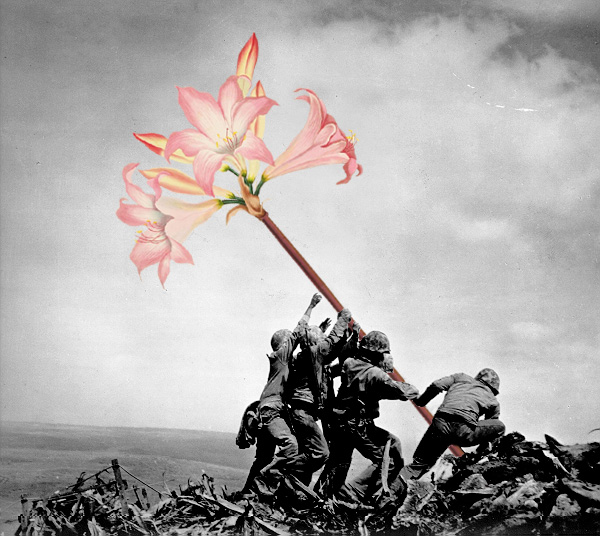 ·4 months ago
·4 months agoNo probs, I'm already in the process of selecting some
- quinacridone@lemmy.mlMto
 ·4 months ago
·4 months agoI had the idea to start off with the moderately tweaked, then descending into the acid trip, until the dimensions melted into WTF....
.....with the quotes hopefully giving a preview of the images, and some context of her process
I love her work, she's also got some excellent cat and human collages that I'll be exploring at some point soon 👍
I discovered The CryptoNaturalist over at the other place, and ending up buying 'Field Guide to the Haunted Forest' and 'Love Notes from the Hollow Tree' by Jarod K. Anderson....
Which is unusual for me as I detest poetry. I think it's a pile of long-winded, navel gazing wank...Except for haiku, (because they're short and sweet, and condense things down to their essence, which I like).
I like The CryptoNaturalist though, probably because they write about nature in a weird, beautiful and wonderous way. I want to use the word 'magical' to describe it, but am reluctant, for reasons
Also, thanks to this post I just found out there's a couple of other books available which I'm going to buy tonight 😀
- quinacridone@lemmy.mltoInvertebrates@mander.xyz•Meet the Large Elephant Hawk Moth (Deilephila elpenor)·5 months ago
I think I prefer moths to butterflies, the colours are more subtle and I love the general fluffiness....keep a look out as I'll be doing some more hawk moth posts 👍
I'm rather taken by the green one myself! I'll probably make it the star of its own post soon
- quinacridone@lemmy.mltoInvertebrates@mander.xyz•Backyard Bugs- The Common Earwig (Forficula auricularia)·5 months ago
A&E would be full of people with bugs in their ears if that was the case....we'd all be wearing earplugs in bed....
.....now brain eating amoebas and leeches on the other other hand.... 😱
- quinacridone@lemmy.mltoInvertebrates@mander.xyz•✨ Come Join The Nudibranch Party ✨ Check Out the Disco Slugs!! Fun Facts and Photos!·6 months ago
Thank you, you can always stalk me from a distance lol...I'm finding that mander has some really nice communities which are more receptive to my wildlife posts, so you'll see me over here from time to time 😀
Ah thank you!
I do really enjoy scrolling through nice photos on flickr and anywhere else, there's some amazing photographers out there....and one day, I'll sit down and concentrate long enough to go through some of my efforts to share 😀
I do think that's an idea I want to try out and I think it may help get a discussion going.
I'll see what's involved in terms of research, and even if I can only manage 1 of these types of post a week it'll vary things up a bit
Thanks for the input, I appreciate it!
- quinacridone@lemmy.mltoInvertebrates@mander.xyz•✨ Come Join The Nudibranch Party ✨ Check Out the Disco Slugs!! Fun Facts and Photos!·6 months ago
From what I can tell, no. The majority of photos are taken by scuba divers in the nudibranchs natural habitat, others may be from aquariums etc
Nudibranchs really do look like this!
I found this where UV light is used for night dives for finding hard to locate (camouflaged creatures) it does mention that some specimens are carefully taken ashore for ID and probably additional closeup photography and study
These 2 photos of Cats Eye Zoa show the differences between normal light and UV (and have given me an idea for a future post!)
Show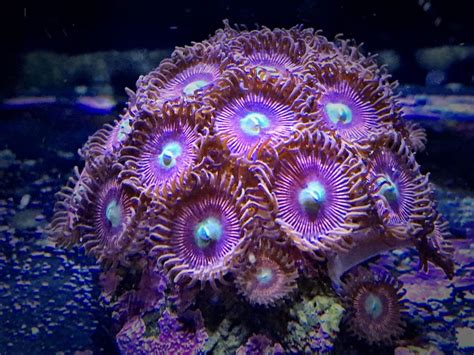
Normal light
Show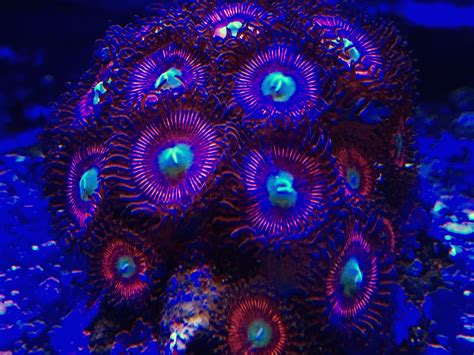
UV light
- quinacridone@lemmy.mlto
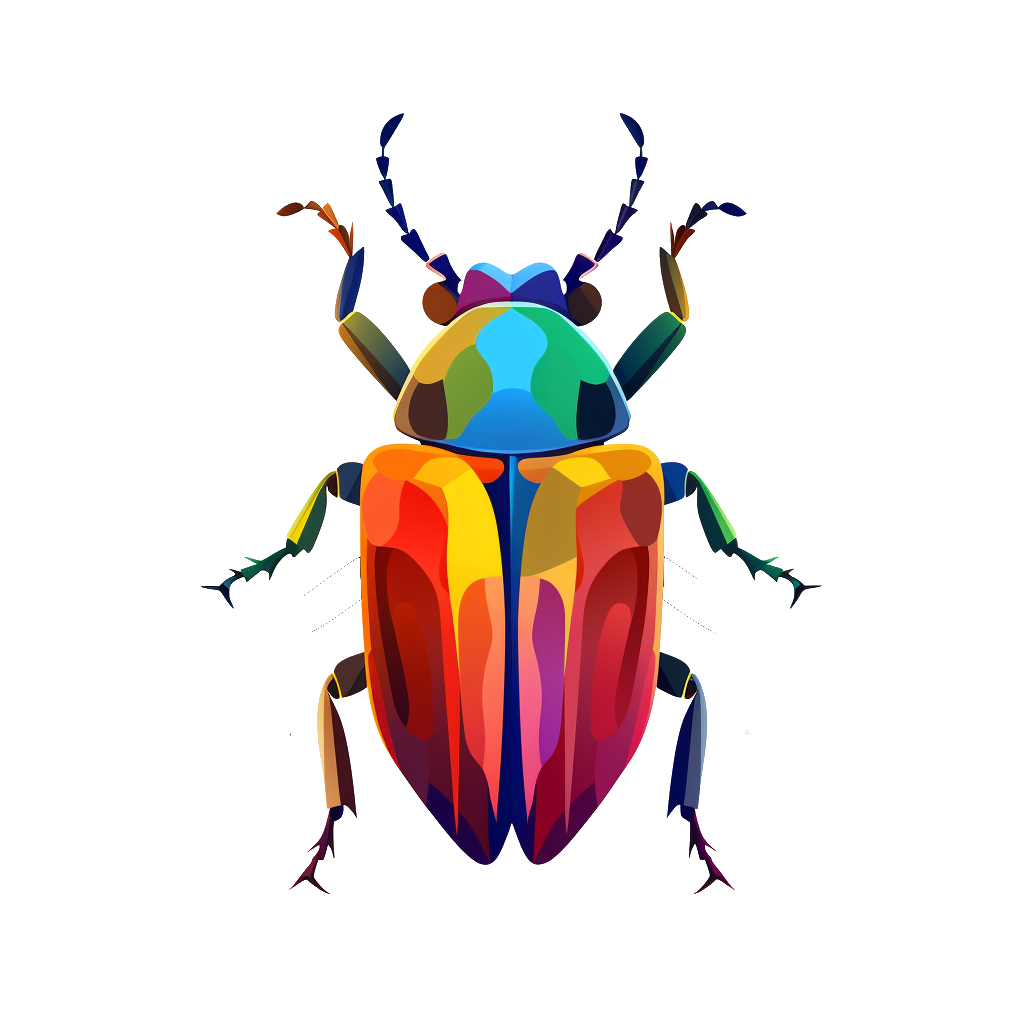 ·6 months ago
·6 months agoThat would have been a much better post title!
- quinacridone@lemmy.mlto
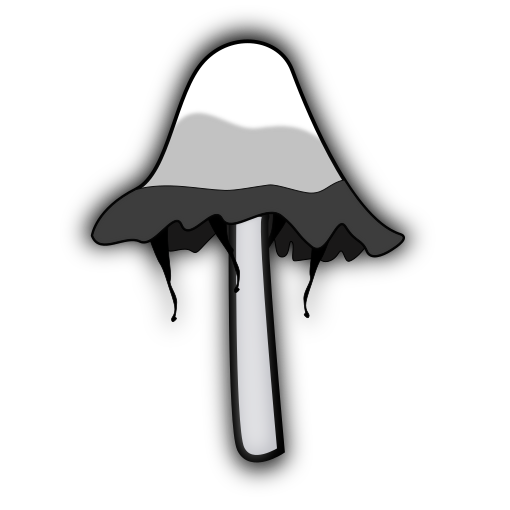 ·6 months ago
·6 months agoAlso this link has a time lapse video from the BBC for those who want to see the fungus in action!
- quinacridone@lemmy.mlto
 ·6 months ago
·6 months agoYou're welcome, and cheers 👍
- quinacridone@lemmy.mlto
 ·6 months ago
·6 months agoThat lady (the pensioner, not Thatcher) deserves either a rise in her state pension and/or a New Year honour, perhaps a Baroness....?
- quinacridone@lemmy.mlto
 ·6 months ago
·6 months agoSome 'scales' or marks will be the plants version of a scab, where it's been damaged and has 'scabbed' over, the insect scales do look a bit more 'stuck on' and 'foreign' as in not created by the plant, if that makes sense? They can also be picked off, and the appearance is different to the plant surface.
I'm currently fighting scale insects on one of my houseplants (I think I'm winning), the adult females form the scale, and the nymphs/larvae are 'crawlers' (little white, woolly lines about 1-2 mm long), both can be physically removed by scratching them off, but the scale is tougher and water runs off it
This has some pictures of scale insect pests, and they look very different to plant tissue (and don't forget, they proliferate very quickly, so tend to show up in large, noticeable groups). Another thing is that the surrounding plant tissue will look yellowy/stressed when under attack instead of it's usual healthy, normal green
- quinacridone@lemmy.mlto
 ·6 months ago
·6 months agoFrom wikipedia
They're quite small, the females are often flightless and without limbs, they conceal themselves under domed scales for protection. They like to suck the sap from plants, some ant species will 'farm' them for the honey dew they secrete. Some species are pests and can infest and damage the plants they feed on, while others can be used commercially....checkout one of my other posts here The oldest fossils found date to the early cretaceous.
- quinacridone@lemmy.mlto
 ·6 months ago
·6 months agoYou're welcome and thanks for the feedback!
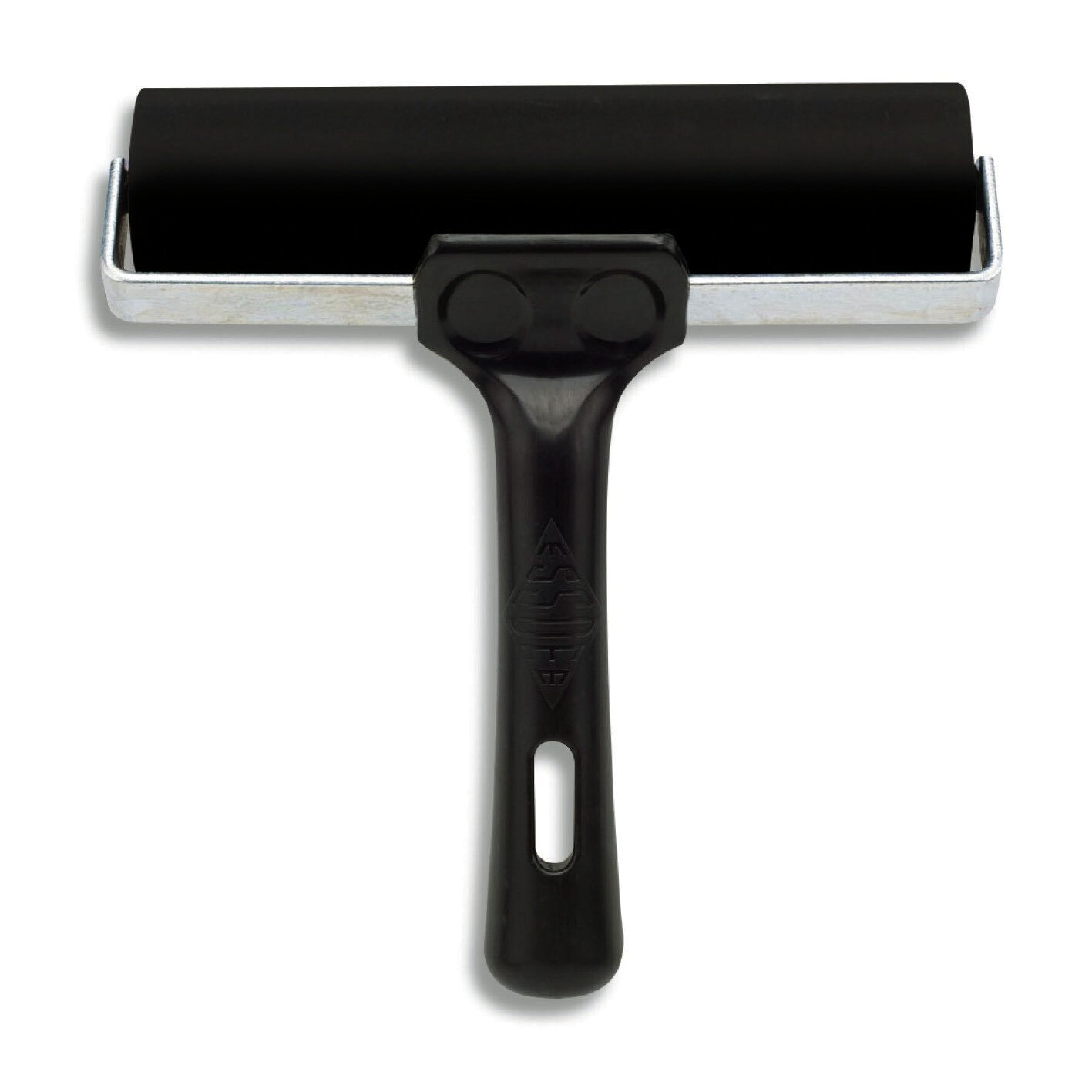

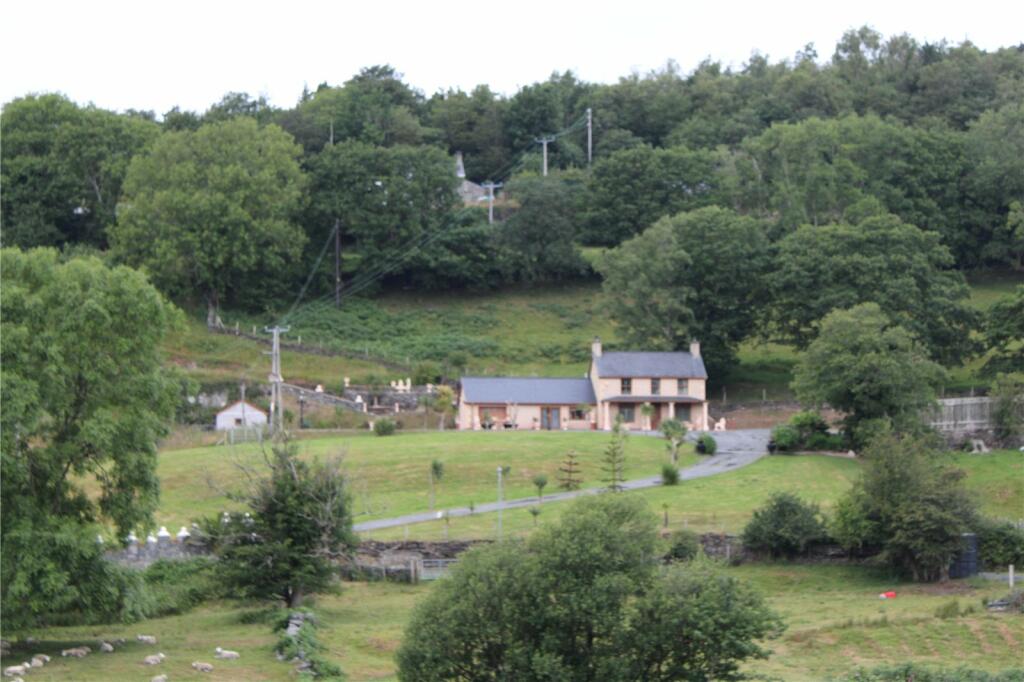

Simo is definitely a weird one!
My faves are Vlad (who looks like he's seen some shit), Fluffy (sleep paralysis demon vibes), Hubble (a big goofy floof) and Ophelia (who's just in the process of teleporting in)
....sweet dreams!